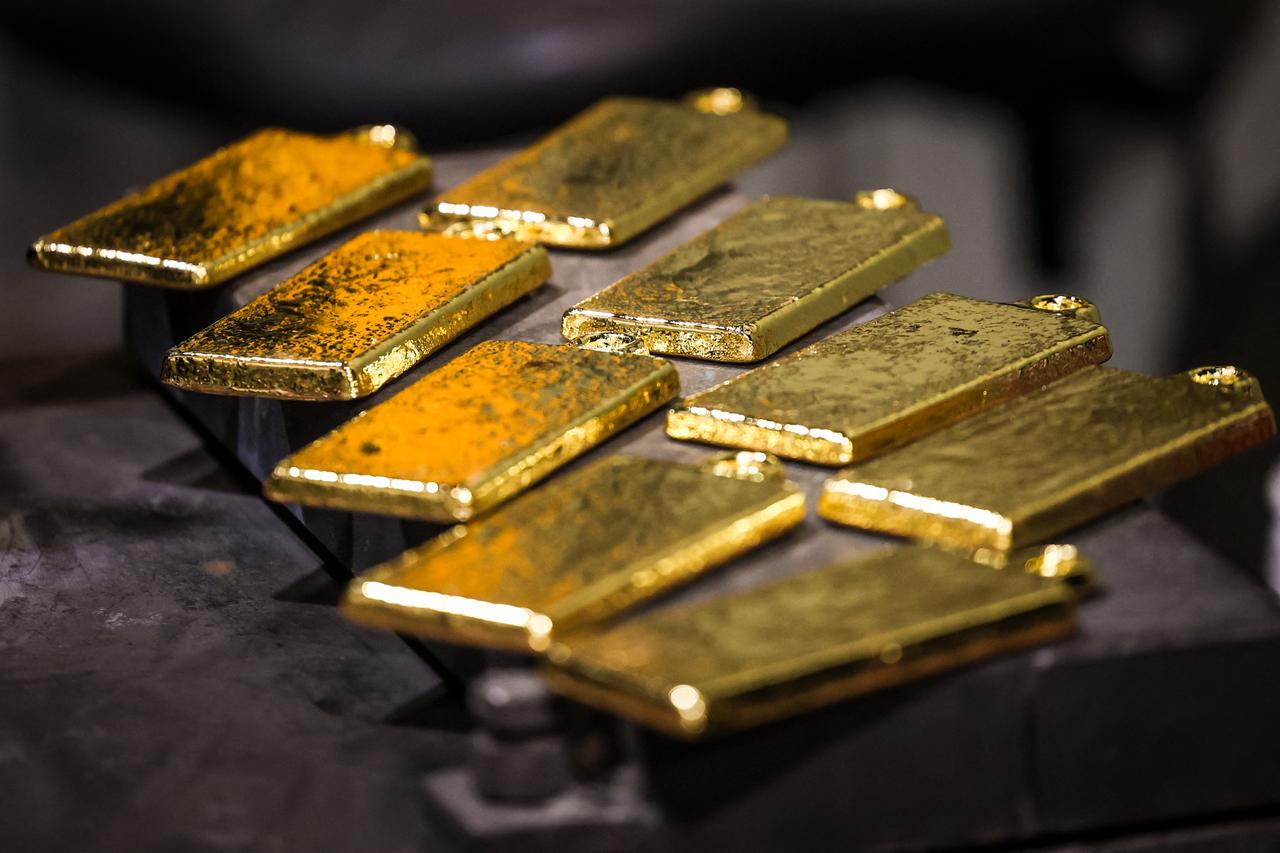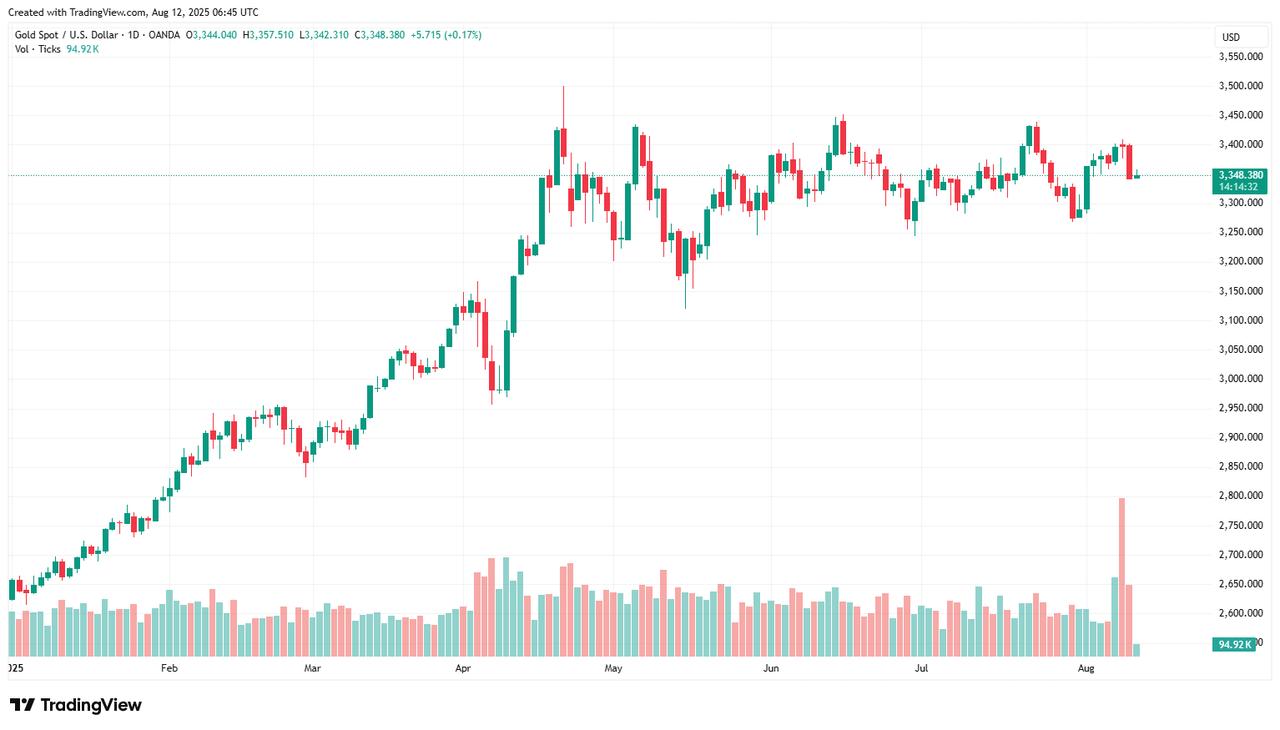
U.S. President Donald Trump announced on Monday that gold imports will not be subject to new tariffs, days after a U.S. customs ruling raised concerns over duties on certain gold bars, disrupting sentiment in global bullion markets.
Trump’s comments came in response to a letter from U.S. Customs and Border Protection, dated July 31 and made public last week, which stated that gold bars weighing 1 kilogram or 100 ounces (approximately 2.8 kilograms) should be classified as subject to tariffs.
The letter, first reported by the Financial Times, pushed spot gold prices above $3,400 and drove U.S. gold futures to an all-time high of over $3,530 before retreating.
“Gold will not be Tariffed!” Trump posted on his Truth Social account, without offering further details.
Following the statement, spot prices fell by 1% to $3,340, while U.S. gold futures for December delivery eased to $3,390.

A White House official told AFP on Friday that the administration plans to issue an executive order “in the near future” to address what it described as misinformation about tariffs on gold bars and other specialty products.
The customs ruling sparked confusion as 1-kilo bars are the most traded form on the Comex—the world’s largest futures market—and make up the majority of Switzerland’s bullion exports to the U.S.
Switzerland currently faces a 39% tariff under Trump’s “reciprocal” trade policy, which imposes duties on imports from dozens of economies.
Market participants had expected gold bars to fall under a different customs classification, exempting them from such countrywide levies.
Gold, considered a safe-haven asset, has already hit record highs this year amid tariff disputes and geopolitical tensions.
As of Aug. 12, spot prices stood at $3,348, up 27.5% from $2,658 earlier this year.
According to the World Gold Council, rising inflation expectations and tariff tensions have supported gold returns this year, alongside stronger demand from ETFs and central banks.